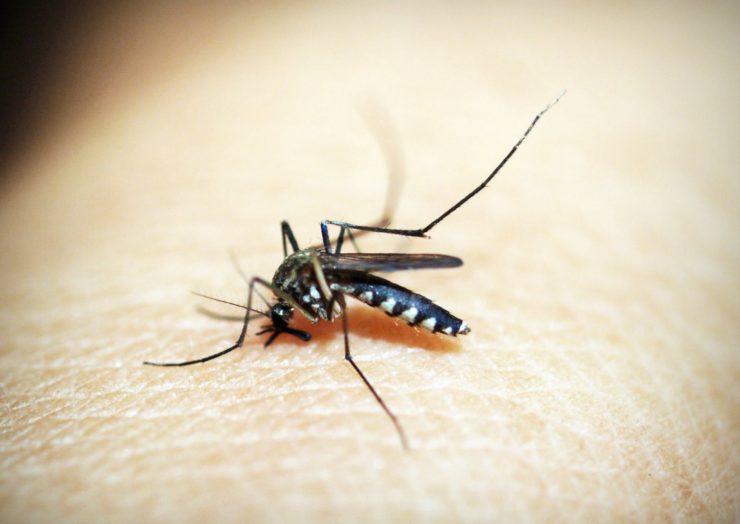Drones Tested in Brazil to Fight Disease Carrying Mosquitoes

The International Atomic Energy Agency (IAEA) and its partners have finished testing a system to suppress the spread of Zika virus and other mosquito carrying diseases. The process will involve the release of sterile mosquitoes from airborne drones. This is an innovative method known as Sterile Insect Technique (SIT) and is aimed at fighting diseases.
The Food and Agriculture Organization of the United Nations (FAO) has partnered with the IAEA, and both organizations have been working with WeRobotics, a Swiss-American non-profit organization for about a year to produce a mosquito release system operated by drones. The mechanisms were recently tested in Brazil.
SIT is viewed by many people in the industry as a form of insect birth control. It makes use of radiation to sterilize male mosquitoes. After sterilization, the insects can mate with wild females who will be unable to produce any offspring and the insect population will decline over time. The release device has been a bottleneck in the application of SIT systems noted medical entomologist, Jeremy Bouyer. By using drones, the process can be adopted on a larger-scale and it will be more cost effective to manage mosquito reproduction in densely populated areas.
The procedure will require the release of a considerable number of insects over a specific area. Aedes mosquitoes are one of the most common disease carrying bugs butthey don’t fly more than 100 meters in their lifetime. This has created a difficulty for the practical application of SIT over larger areas. Mosquitoes are really fragile, and when released from a high-altitude their wings and legs may become damaged.
The greatest challenge in creating this device was ensuring that the mosquitoes remain healthy and alive during transportation and deployment. Thankfully, initial tests that revealed the loss was only about 10% after transportation and aerial release. Until now, sterile mosquitoes have been deployed with labor-intensive and time-consuming processes.
Now with drones, up to 20 hectares can be treated in just five minutes noted Bouyer. The drones weigh less than 10kg and can carry about fifty thousand sterile mosquitoes during each flight. The cost is around $10,000 Euros per drone, but this figure is less than half what it initially cost for ground release making it very cost efficient.
In Brazil, plans are underway to begin using these drone release systems in some urban and rural areas starting in January 2019. This is the peak of the summer in the country and usually, the time mosquitoes reproduce. Hopefully, this application of SIT will enable the Brazilian authorities to control mosquitoes to help reduce the spread of disease.
|